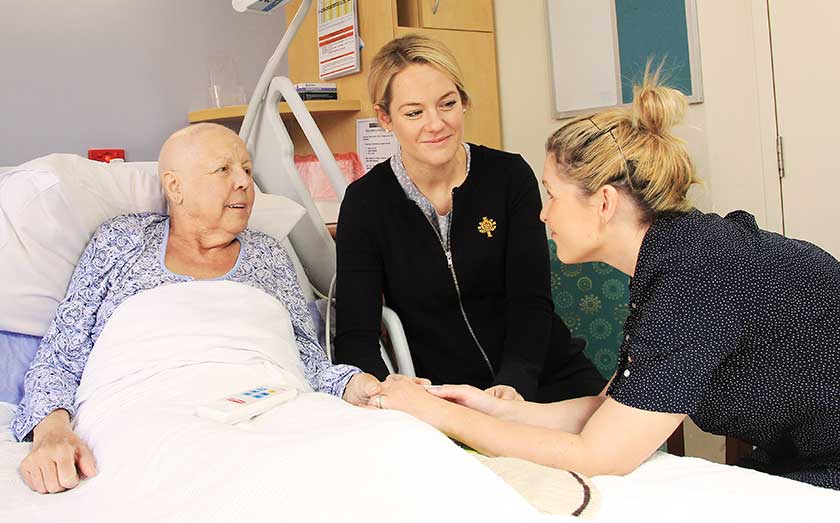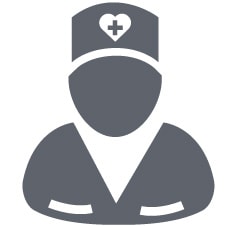Pressure injuries, also known as bed sores or ulcers, are localised areas of damage to the skin or underlying tissue, caused by pressure or friction that occurs when we are immobile for extended periods of time.
A pressure injury can make your skin look blistered, change in colour (usually to red), feel hard or puffy, feel warm to touch or break and split open.
In most cases, they are preventable.
Anyone can be at risk of a pressure injury in certain circumstances, although there are those who are more at risk than others.
Who is most at risk of a pressure injury?
The elderly are more prone to pressure injuries as their skin is often fragile and becomes thinner with ageing.
However, they are something we all need to be vigilant about as they can occur in young patients too.
Pressure injuries are also associated with weight loss, poor nutrition and dehydration as we need enough fluids, calories, protein, vitamins and minerals in our daily diet to maintain healthy skin and prevent the breakdown of tissues.
Most common places pressure injuries can occur
- Heel
- Bottom
- Base of spine
- Elbow
- Shoulder
- Back of your head
Are pressure injuries serious?
Although a wound caused by bed rest can sound insignificant in relation to major surgery or illness, the impact of pressure injuries on the quality of life and comfort of patients is not to be underestimated.
Pressure injuries can increase your length of stay in hospital.
You also may need ongoing community nursing after discharge to manage a pressure injury wound while it is healing.
In fact, some patients find a pressure injury to be more painful and more inconvenient than the surgery or illness itself.
What can you do to help avoid a pressure injury?
If you are in hospital and have limited mobility, make sure your caregiver is checking your skin daily.
Step one: Move, move, move
- Keep active - change how you sit or lie frequently.
- Avoid sitting up in bed for long periods.
- Ease sore spots with an air mattress, cushions, pillows or booties.
Step two: Check your skin
- Is your skin red, blistered or broken?
- Do you have any pain near a bony area?
- Are your bed or clothes damp?
- Talk with your pharmacists about using mild soaps and water-based creams.
- Do not use anything that will dry out your skin such as oils or powders.
- Do not rub or massage bony parts of your body.
Step three: Eat right
- Eat a healthy and nutritious diet.
- If you have diabetes - check your blood glucose levels and keep them in a normal range.
If you have pain over a bony prominence especially your buttocks or heels, or are concerned about any abnormalities on your skin, please speak with your caregiver.


